Nikon Nikkor Z 24-70 mm f/4 S
5. Chromatic and spherical aberration
Chromatic aberration
At the 50 mm focal length problems concerning longitudinal chromatic aberration are practically non-existent. When you pass to 70 mm you can notice slight colouring in out-of-focus images but that effect is weak, with low intensity of colours. We feel that, in this category the lens shouldn't be criticized.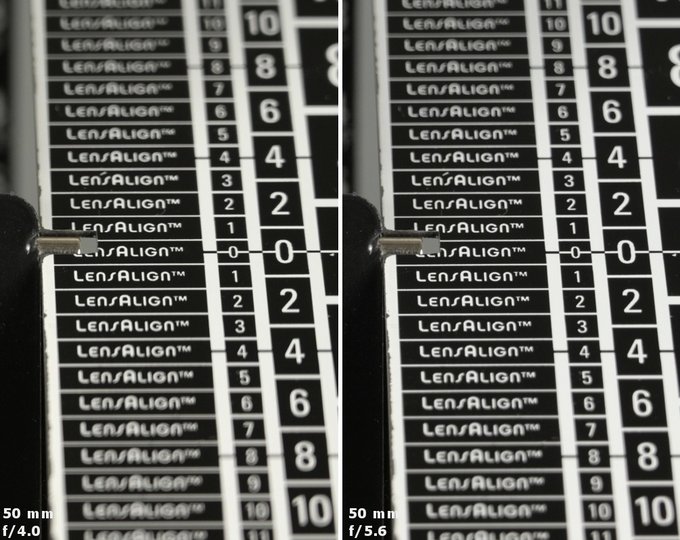 |
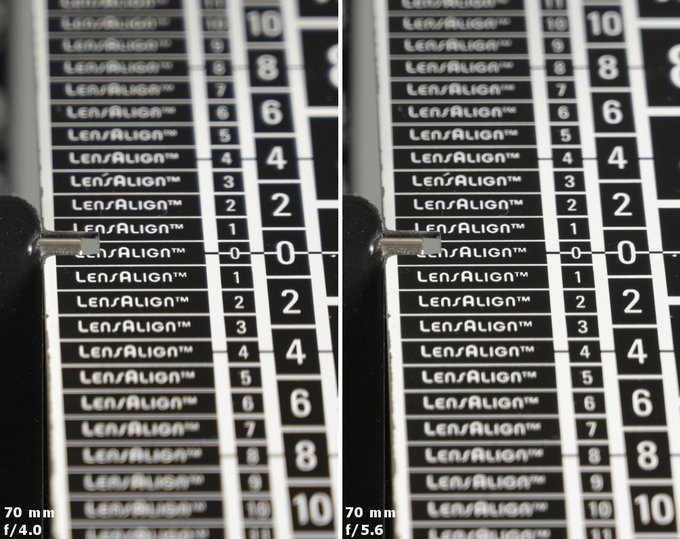 |
Please Support UsIf you enjoy our reviews and articles, and you want us to continue our work please, support our website by donating through PayPal. The funds are going to be used for paying our editorial team, renting servers, and equipping our testing studio; only that way we will be able to continue providing you interesting content for free. |
- - - - - - - - - - - - - - - - - - - - - - - - - - - - - - - - - - - - - - - - - - - - - - - -
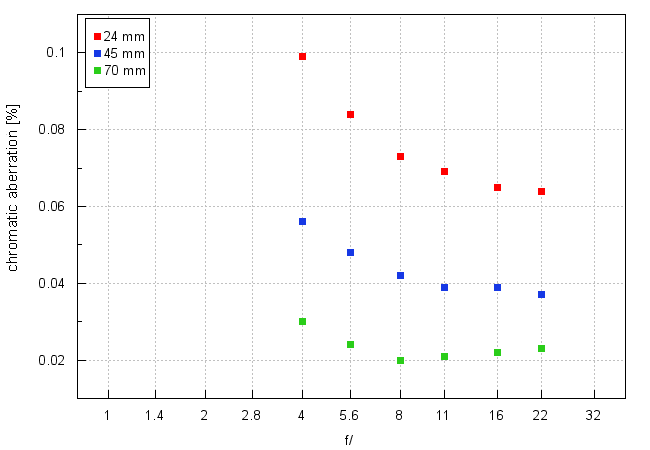
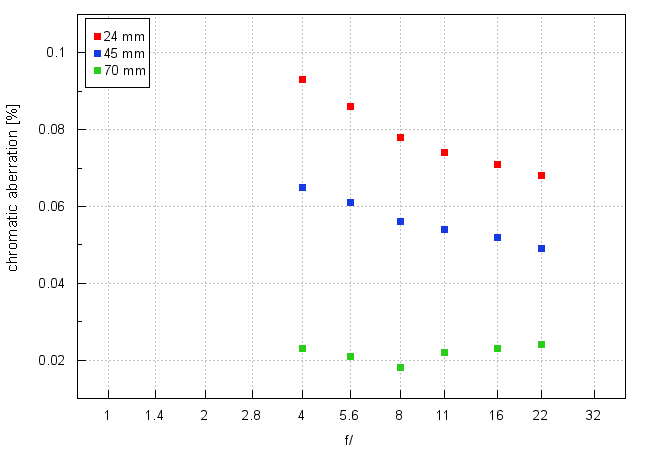
It's clear that in the case of both types of detectors the 70 mm focal length remains completely devoid of any influence of that aberration. You also can't have any reservations concerning the middle of the focal range as you deal with values positioned on the borderline between negligible and low levels.
The biggest chance to notice lateral chromatic aberration you get while taking photos at the shortest focal length. Near maximum relative aperture we measured values amounting to near 0.1% so being on a medium level. Fortunately a more significant stopping down allows you to decrease that aberration to a low level.
The performance in this category is quite good for a zoom lens. It seems that, in majority of cases, you shouldn't have any problems with unwanted colouring in your photos.
| Z7, RAW, 24 mm, f/4.0 | Z7, RAW, 70 mm, f/8.0 |
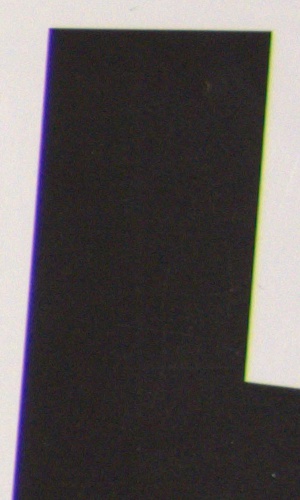
|
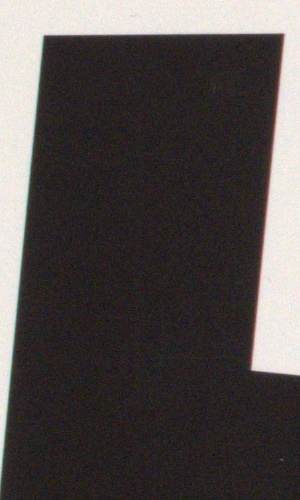
|
Spherical aberration
First images, presented in this chapter, don't show any noticeable 'focus shift' effect. Below we show photos of circles of light produced before and after the focus; they don't show any alarming features either. There are no distinct differences between them and the only thing that sticks out is different light intensity in the very centre of the circles.All of this allows us to say that the Nikkor Z 24-70 mm f/4 S doesn't have any serious problems concerninng correction of spherical aberration.
| Nikon Z7, 70 mm, f/4.0, before | Nikon Z7, 70 mm, f/4.0, after |
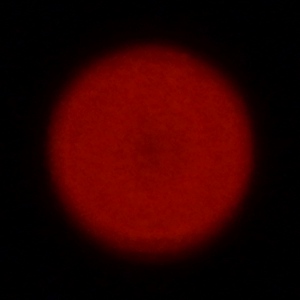
|
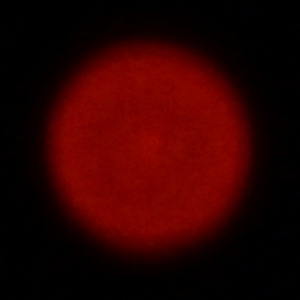
|






